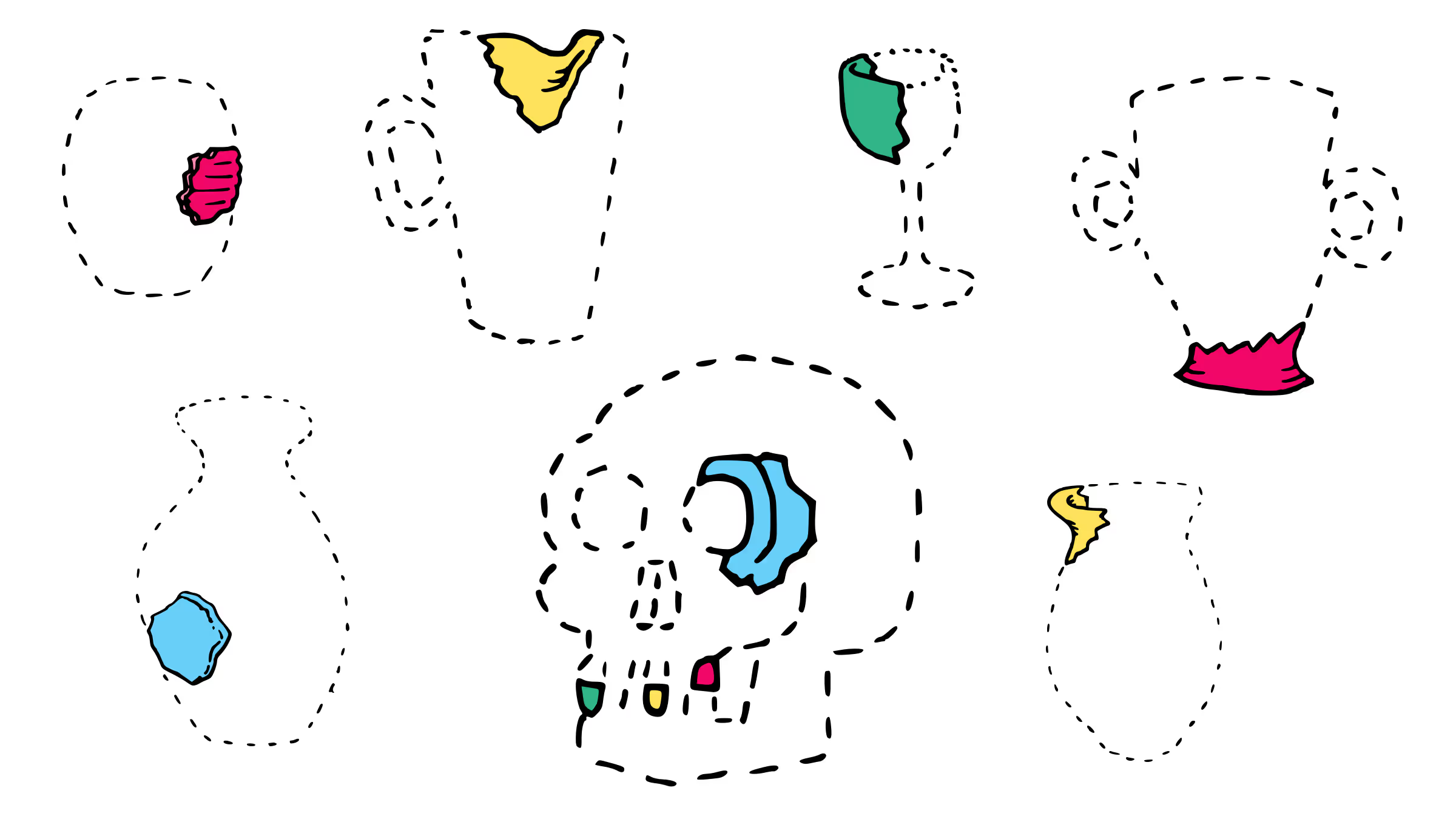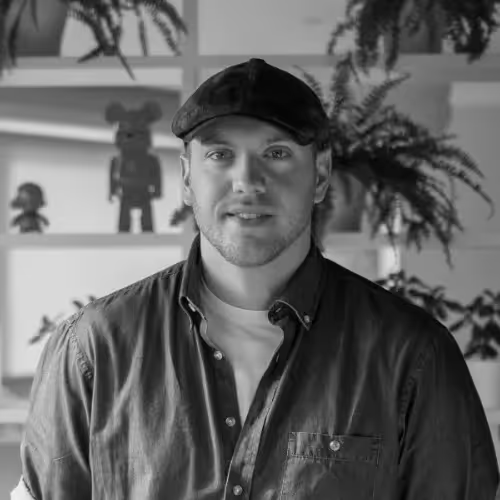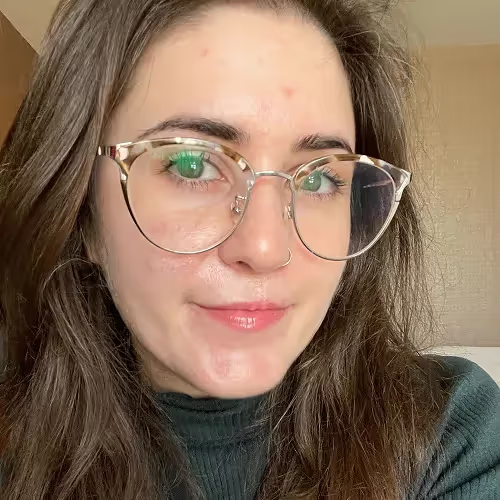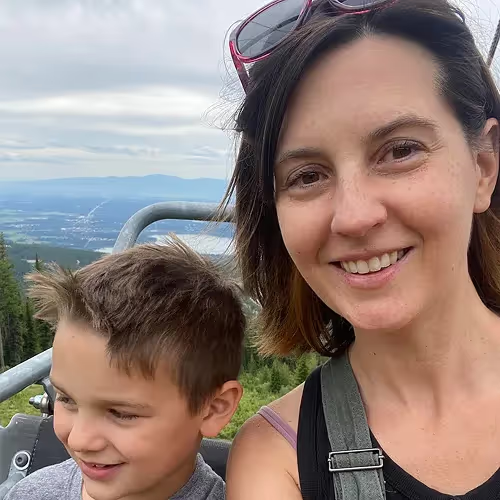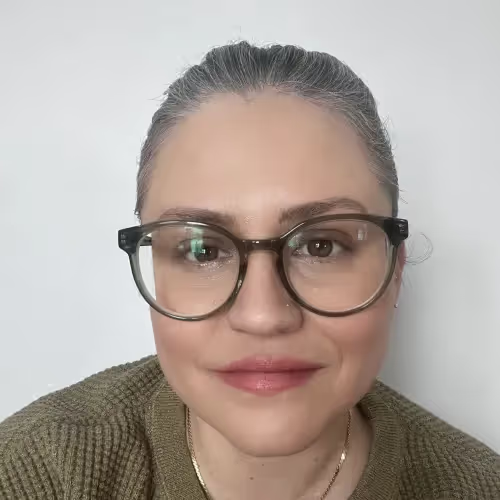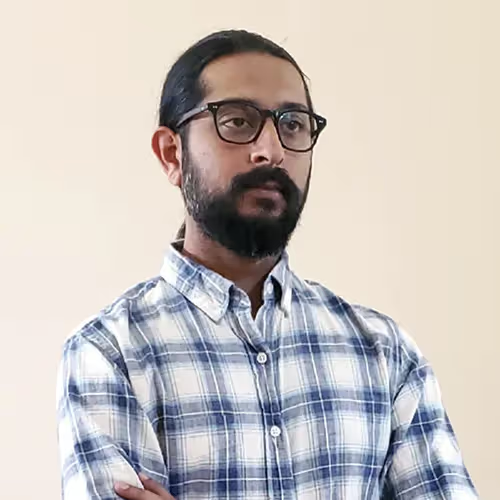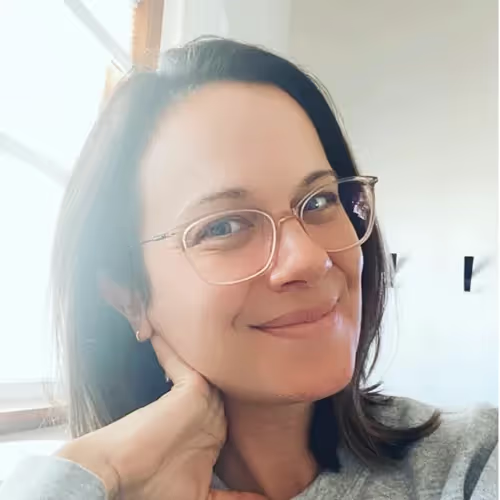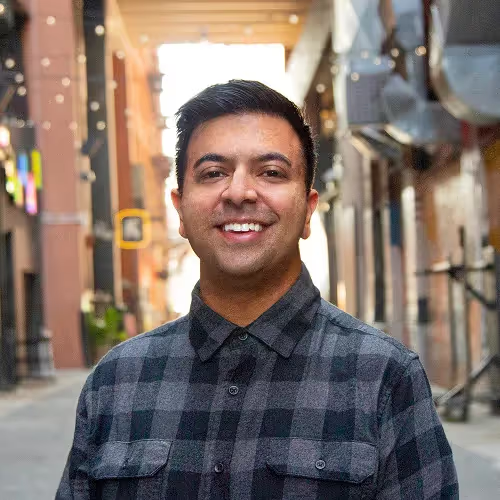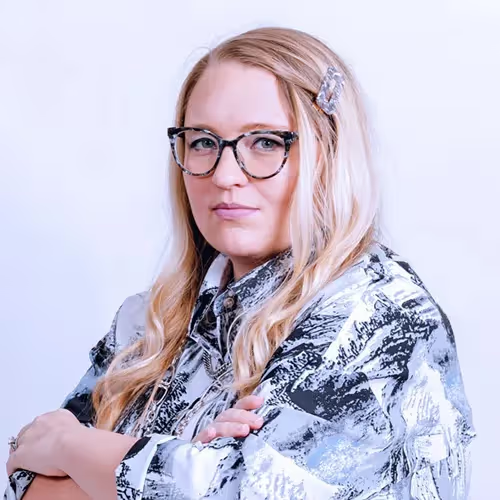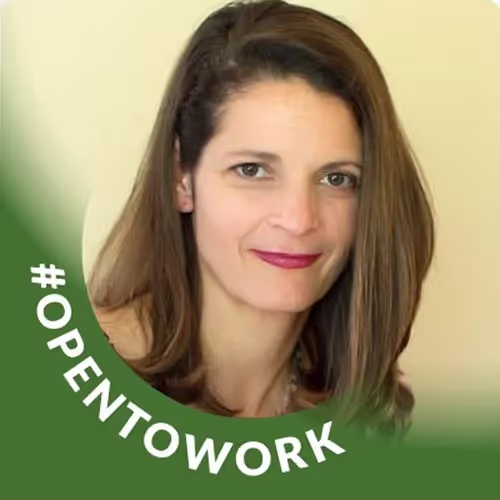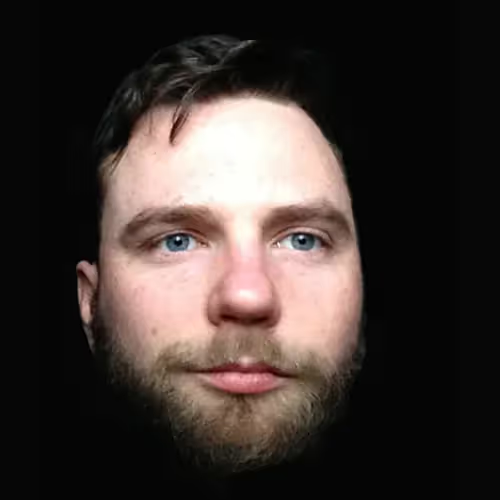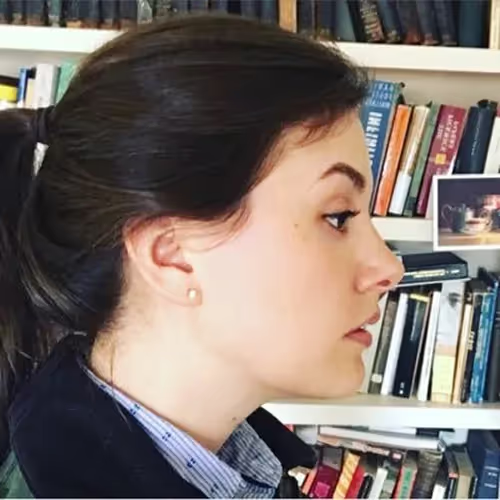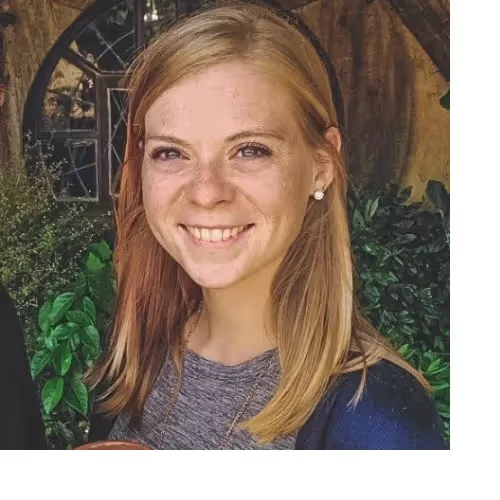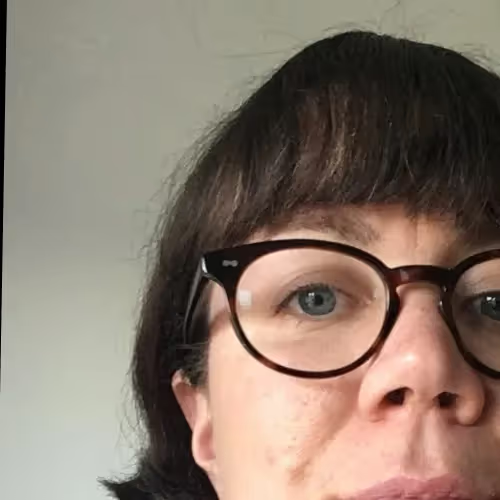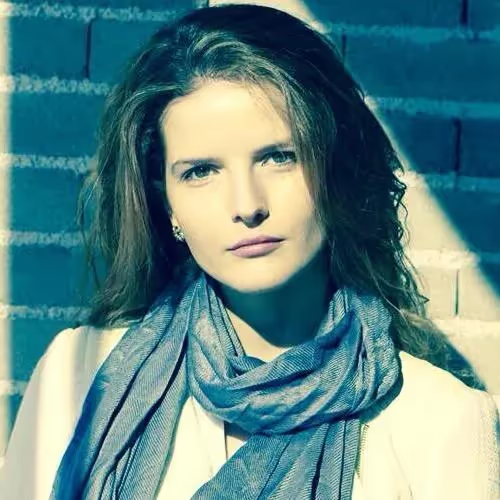Ever since my husband read Jurassic Park when he was eight, Luke has been fascinated with ancient history, paleontology, and archaeology. When I met him, he was getting Archaeology Today magazine delivered to his house and following all the latest dig news.
Recently, I’ve been getting into archaeology, too, and Luke has been reconnecting with this interest. We’ve explored Pompeii through an Airbnb experience, watched tutorials on YouTube about how to hunt for arrowheads, and we’ve been binge-watching Time Team — starting with episode 1, Season 1, which aired in 1994. (Discovering this amazing, wholesome show felt like an archaeological find in itself.)
A few months back, when I was podcast-interviewing Ren Pope, Senior Ontologist at Etsy, and he mentioned that sometimes he felt like he was doing more Information Archaeology than Information Architecture, I was delighted.
My first thought: “I love IA and I love archaeology! And this wonderful person just mashed them up. I don’t get it, but my day is made.”
Then one second later: “This makes TOTAL SENSE.”
Don’t design your IA, discover it
I’ve often said that I feel like Object-Oriented UX helps you “cheat on your IA.” What I mean by that is, OOUX is less about creative design work and more about creative detective work. You are not so much designing the IA, but discovering the IA.
Your IA should reflect, as much as possible, the truth of the system: the truth of the user’s mental model, the truth of the business model, and the truth of the data.
IA’s and Archaeologists need to hang out more
As we wade through user research, foraging for nouns and attributes, we extrapolate our findings into the objects that will make up our system.
Meanwhile, archaeologists dig through the muck to find scraps of pottery or shards of bone that they use to extrapolate entire skeletons and magnificent vases.
As we place the objects we find in context, we gain clarity on the intricacies of the business and the user’s problem domain.
Meanwhile, archaeologists place the artifacts they find in context so they can gain clarity on the intricacies of history.
As we test our models by telling stories with object instances, we can see if they ring true.
Meanwhile, archaeologists cross-reference similar artifacts — they look at other Roman broaches to see if this particular bit of metal is also part of a Roman broach.
As we map relationships between objects, we further understand the nuances of a system.
Meanwhile, archaeologists map relationships between the artifacts they find and known historical events, people, and buildings in order to further understand the nuances of the site.
As we roll an object around, we brainstorm ways a user might want to manipulate it.
Meanwhile, archaeologists create replicas of obscure artifacts to test potential uses.
Better Information Archeology leads to better IA
I’m not saying that information architecture needs to be renamed as “information archaeology”! Of course there is more to IA and OOUX than uncovering objects and connecting them in context. We do have to eventually design a solution. But if we’ve done our information archaeology first — digging through the research to find structural truth—our design work will be layered on the strong bones of truth that we’ve uncovered.
For example, when I was OOUXing CNN’s Election Results experience in 2016, I wasn’t trying to architect the United States election process — I am definitely not qualified for that. I was uncovering the truth of that data structure (how do candidates, states, races, results, ballot measures, issues, and news stories all fit together?) and then figuring out how to best expose, arrange, and communicate that structure to the American people. Archaeology first. Then architecture.
What do you think? Have I just been watching too much Time Team? We are mid-season 6 where it’s 1998 — the geophysics tech has really taken off and the digs have bigger budgets, but Mick’s still keeping it real in his striped sweater.

All this to say, “Information Archaeology” was only one of many thought-provoking gems from my conversation with Ren Pope. (Listen to our full conversation.)

